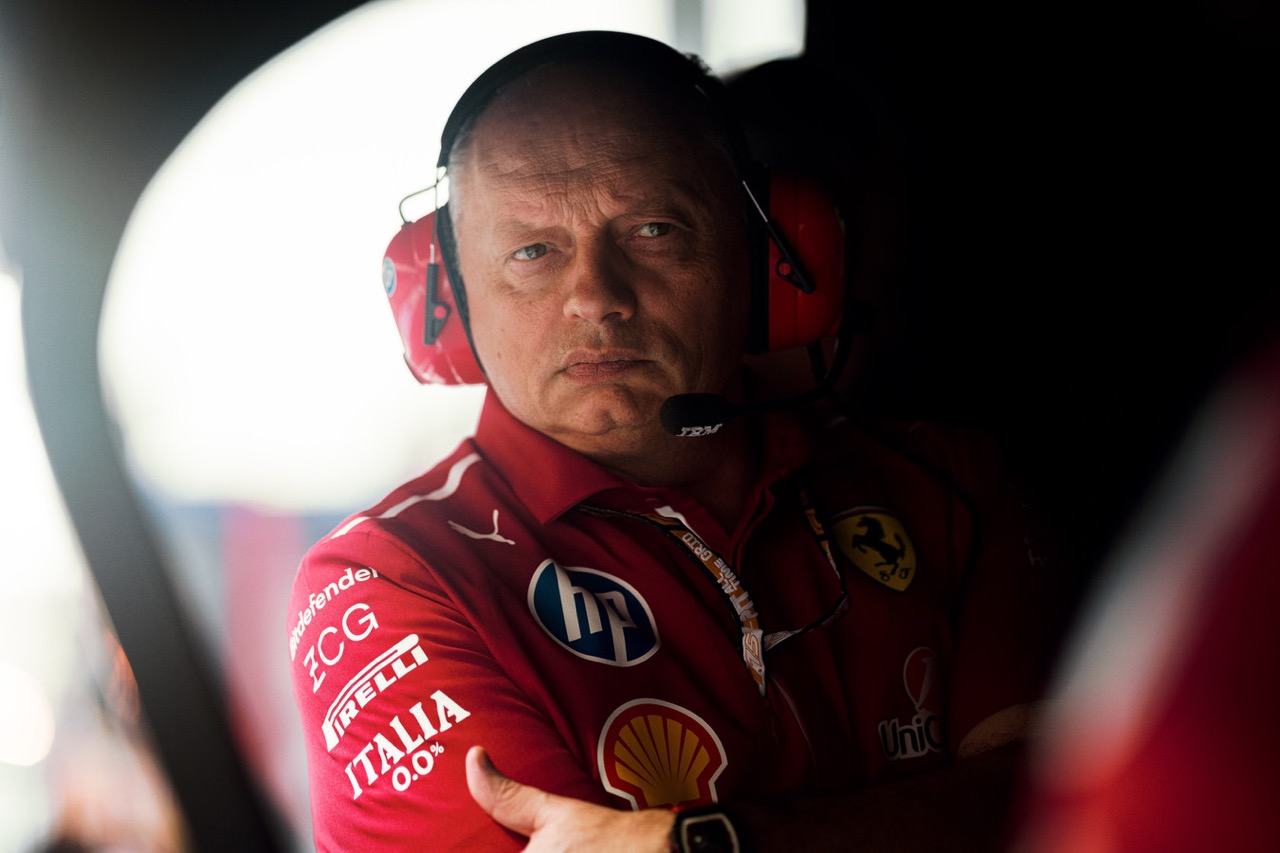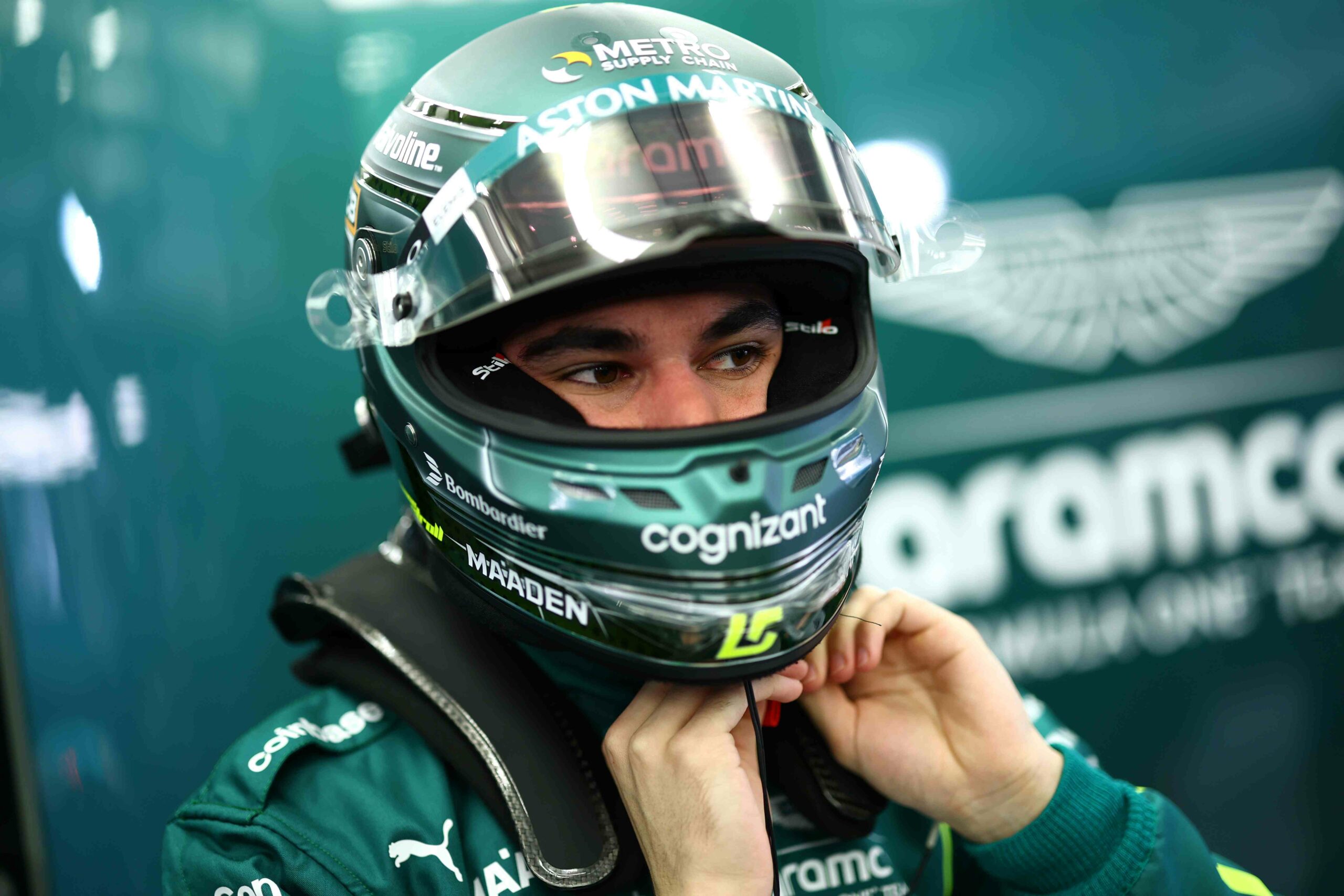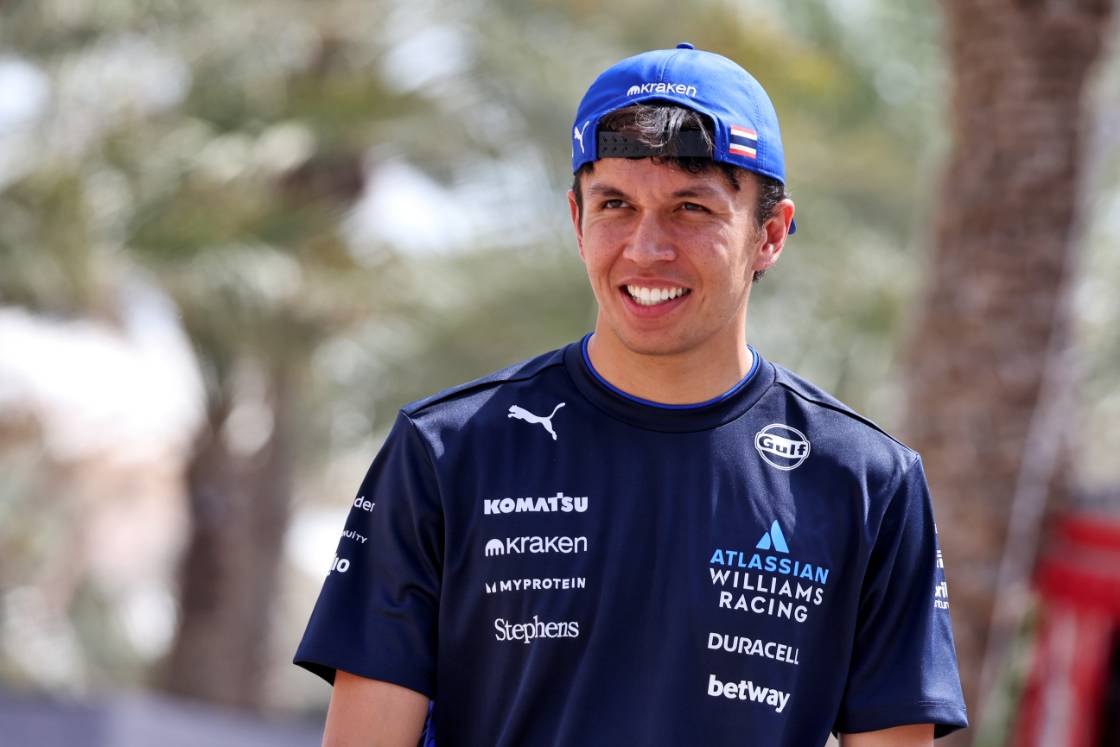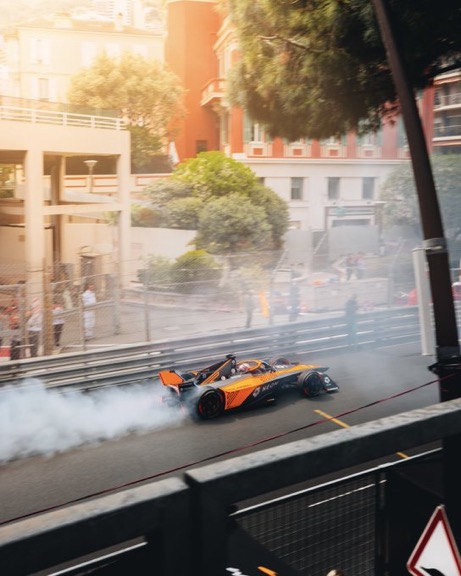The epochal change for the single-seater championship has slightly been delayed again.
In fact, the 2024 IndyCar season will begin with a challenger very similar to its 2023 predecessor, albeit a lighter version due to the removal of the ERS system, but the actual hybrid power units will be used on track only after the Indianapolis 500, if that even goes ahead as planned.
The cars will feature from the beginning of the season small tweaks, in order to ease the delayed introduction of the new engine, with a number of chassis components becoming lighter in order to be a better fit. These will include the aereoscreen, the bell housing and the gearbox.
In spite of this being the third delay to the debut of the new technology, with the original plan to switch to the new engine showcased in May 2019 and the second postponing announced a year and a day ago, IndyCar President Jay Frye is confident in the fact that the new deadline set after the 108th running of the 500 will actually be respected.
He commented on the announcement, reaffirming the strong belief the championship has in the new technology: “We’re completely committed to its successful introduction next season.
“The partnership between Chevrolet and Honda has been phenomenal. The INDYCAR-specific hybrid power unit is dynamic and an engineering marvel.”
The latest version of the hybrid engine to be run has made its on track debut in a test session in August at the street-course like Sebring track, with over 15000 miles of running completed on all sorts of circuits featured in the 2024 calendar, ovals (Texas, WWTR and Indianapolis), as well as road courses (Indianapolis, Road America and Barber).

Photo Credit: Penske Entertainment | Chris Jones
Even more tests and track time await the drivers, in order to be able to ensure the best reliability standards and its drivability, a key factor in order to ensure the extremely high standards of racing seen in the previous seasons.
Just like fans, the IndyCar drivers definitely weren’t pleased with yet another delay for the scheduled debut. Penske driver Scott McLaughlin, who ended the 2023 season in third place, is among the drivers who has not got the chance to test the new technology, but is still hopeful on the actual release, as he stated via his X account:
“Ultimately disappointing for a lot of people, drivers, teams, fans, manufactures. But making sure the product on track continues to be competitive is a key and I think this is a good move to make sure we continue that. Can’t wait to get started for the season and then driving the hybrid!”
So far, only drivers from four teams have been testing the hybrid engine, including McLaughlin’s teammate Will Power. Alongside Penske, the other teams who have had the opportunity to run the new spec car are Ganassi, Arrow McLaren and Andretti, for a total of six drivers.
A ten-team, two-day testing session was supposed to take place in October, actually allowing for everyone to get up to speed, but it was cancelled for unknown reasons.
It doesn’t come as a surprise that exponents from teams which have had no track time up to now see the delay as rather positive.
Graham Rahal, who has recently confirmed he will be returning to Rahal Letterman Lenningham Racing for the upcoming season as well, commented on the matter from his social medias as well, expressing his relief for the measure:
“Absolutely the right move, while a hard decision, it’s the right one by @indycar and the management team. Teams like @RLLracing who haven’t been able to test the units/car, would’ve been at a major competitive disadvantage, and any failures or delays would’ve been costly.”




